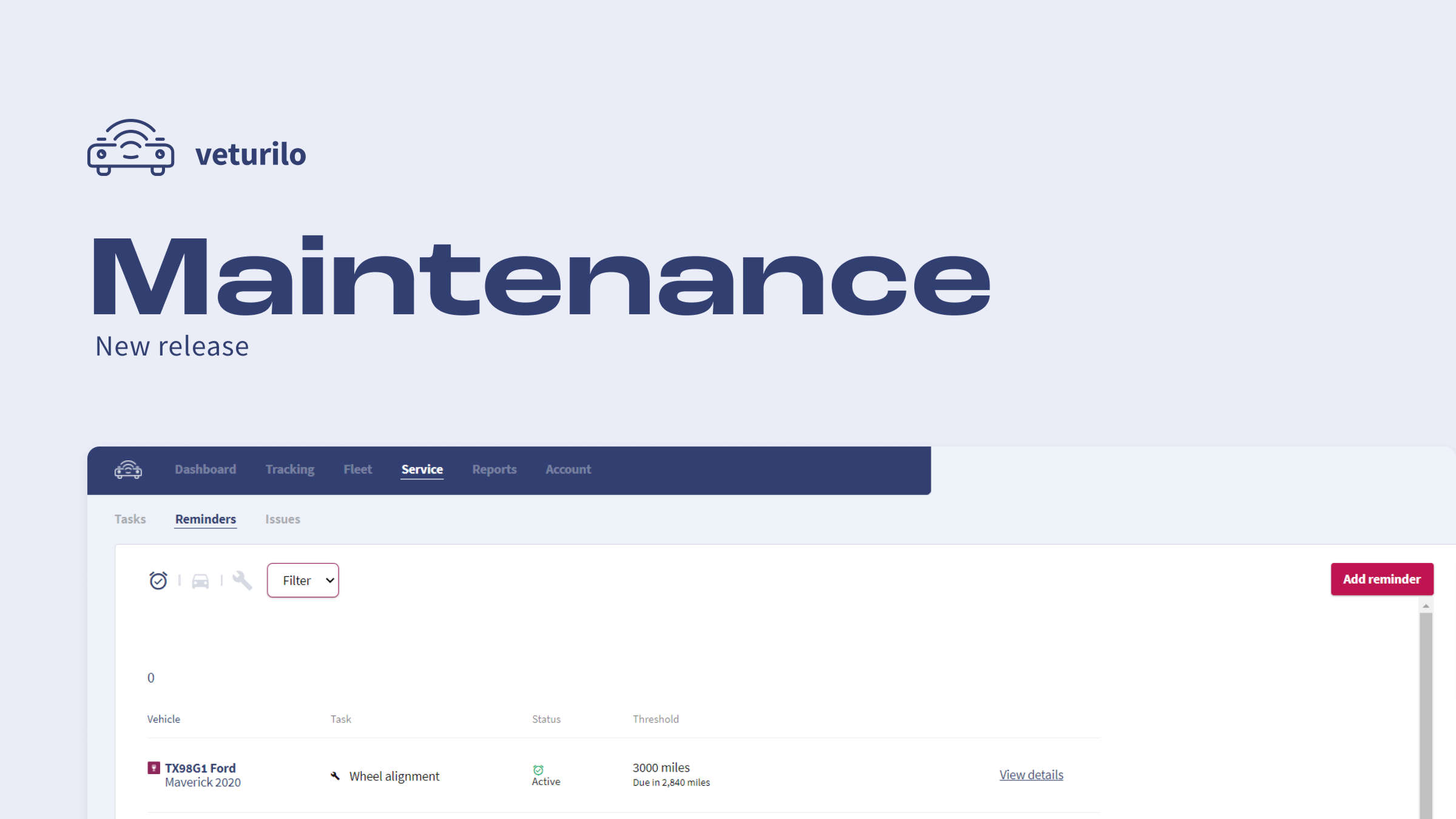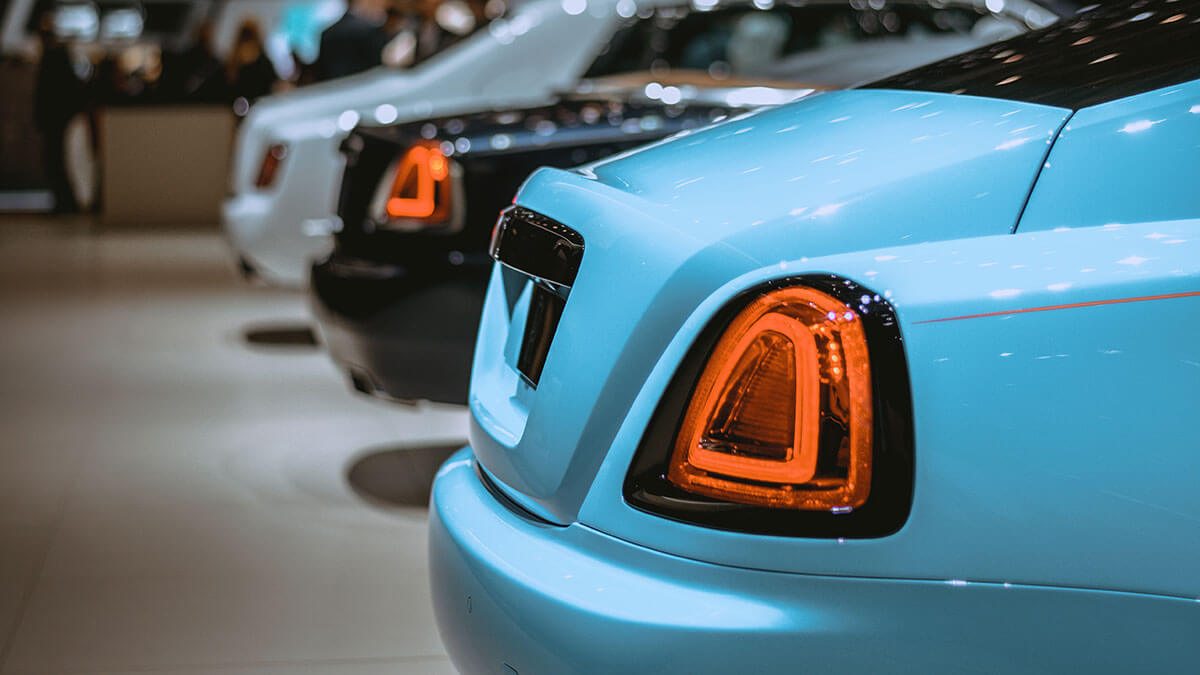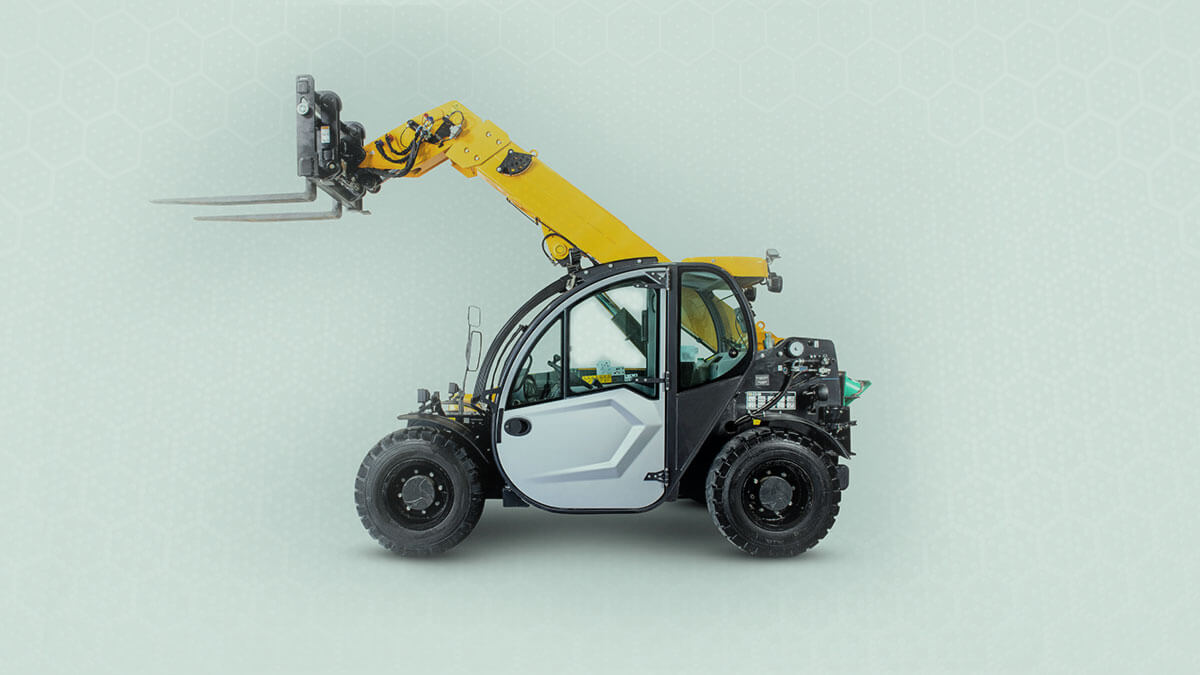
In life, it’s a pretty safe bet to follow the old proverb “if it ain’t broke, don’t fix it”. But when it comes to fleet vehicle replacement, you definitely shouldn’t wait until they’re broken.
This may prompt a few eyebrows to rise. Because surely you keep a vehicle until it’s at death’s door right? Well, not always, and it’s a better practice not to wait until a vehicle is completely broken until you fix or replace it.
Of course there are several reasons for this, which we’ll have a look at in this post. But when is a good time for fleet vehicle replacement? Well, it depends on a lot of factors, like the type of vehicle we’re talking about. Let’s have a look at how we see things on this hottest of topics.
The best time for fleet vehicle replacement
So then, is there an “ideal” time for fleet vehicle replacement? The answer to this is not really easy one. Each fleet manager and business will have to judge this for themselves based on their unique situation. But, there are some guidelines you can follow.
First, let’s look at some of the key issues.
Replacement
Straight up replacing one or more of your existing vehicles. The need for this could arise at any time, for the following reasons:
- Repetitive malfunctions or problems. This means repetitive visits to the repair shop and increased costs.
- New needs. For example, you may need to carry heavier cargo in the case that your company is in the transportation or logistics industry, or indeed vice versa if you are pivoting or switching industries or your needs change in this aspect.
- You need to leverage new technology. You may need to switch models, either electric or hybrid in order to lower your fuel consumption.
Withdrawal
It may be the case that after a serious accident you need to withdraw or “retire” one of your vehicles. And in that case, there’s no alternative. You just need to scrap it and replace it with another. An extra tip here, obviously make sure you have the right type of insurance coverage for these kinds of scenarios from day one.
Growing “pains”
This is actually good news rather than bad. If your business begins to grow rapidly or expand, you may not have enough vehicles, or indeed the right type of vehicles, to cover the new situation. A first world problem if ever there was one, but nevertheless you’ll need to make sure you invest wisely in any vehicle replacement purchases.
How to go about replacing your fleet vehicles
So what are the main ways to handle your fleet vehicle replacement?
Selling: What to do with the vehicles you’re pulling out
There are a few important things to consider before you undertake your fleet vehicle replacement. You should act proactively and set up a fleet vehicle replacement plan. And that’s mostly because you need to sell one or more vehicles at the best possible price so that you efficiently use the income for your “new” purchases. The actual value and resale value are mostly defined by trip logging, and of course the condition of the engine and the vehicle in general. This is where your good fleet maintenance policies come in very handy.
Buying: New or used vehicles: what’s better?
To buy or not to buy used fleet vehicles is an important topic, which we intend to cover in a future post so watch this space! But for now, let’s have a look at the reasons why recommend that you should go for used vs new:
1. Technology
Technological progress is kind of at a blurry stage. You may invest a huge amount of money to buy brand new, professional vehicles, and then newer models with new functionalities may come after just after your purchase. Let’s face it, the development of electric vehicles has not yet been standardized. And this is a problem that affects your business at many levels (expenses deduction, tax deduction, regulation on use, and health and safety just for starters).
2. Cost-effectiveness
As long as you keep on top of maintenance and your vehicles stay out of the repair shop for major fixes, a small, used fleet is much more cost effective and reliable than new, unproven tech. Also, there’s no extra driver training required, and no extra risk if they would quit after training them up.
3. Lead times
If you’re waiting for brand new vehicles with top of the range tech, then you could face long lead times on orders. And you could face even longer waits when something goes wrong and a specialist needs to carry out the repairs/fixes. This is not good if you have not planned for it and need your vehicles asap. First, get viable, grow and then make the transition to new tech later. A note on this, our very own Veturilo can help you with data even before that point.
Leasing: the “other” option
And then there’s leasing. Sometimes a dirty word in vehicle management. But increasingly lots of companies are going this way. What are the advantages then. Try these for size:
1. Keep your cash
Leasing is a sure-fire way to preserve your capital. Instead of forking out huge sums of money or taking out loans for purchases, you can set up leasing agreements with low monthly payments. This means you can use the capital in other business areas.
2. Cost-savings
Leasing means that you’ll have newer vehicles, which means fewer visits to the repair shop. This is because you will have fewer maintenance needs and more efficient fuel economy. This means that your fleet up-time will be better. Some leasing deals will actually include all maintenance costs. This can reduce the total cost of ownership of a fleet of vehicles from between 10 to 20 per cent.
3. Flexibility for vehicle replacement
Think about how often you usually replace your fleet vehicles? When leasing, your average term will probably be around three years. How does it sound having the option to replace your fleet every three years—or however long your lease period is? Not bad, we know. Also, there is less liability and cost with leased vehicles, which means you have more flexibility in switching from one vehicle to another.
4. Less administration
Goodbye paperwork. Well, not completely, but there is much less bureaucracy to deal with when leasing. Why? Well, since you do not own the vehicles, your business name is not on the title, registration or property taxes owed.
5. A newer, sleeker fleet
When leasing, typically the vehicles are newer models. There are several obvious benefits with this. For a start they will come with the latest in hi-tech enhancements and safety features, and improved fuel economy. You also have the premium factor, in that in many customer-facing industries, having newer vehicles projects an image of success and prestige.


